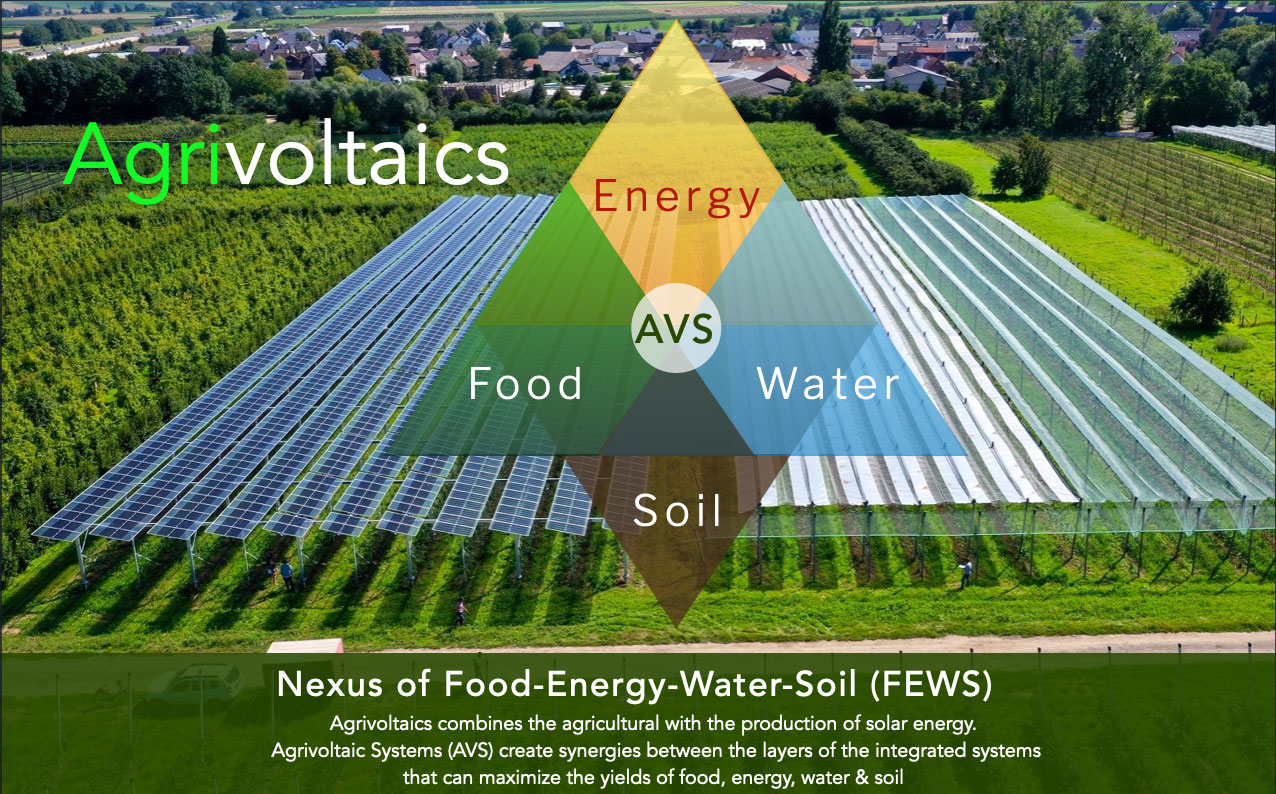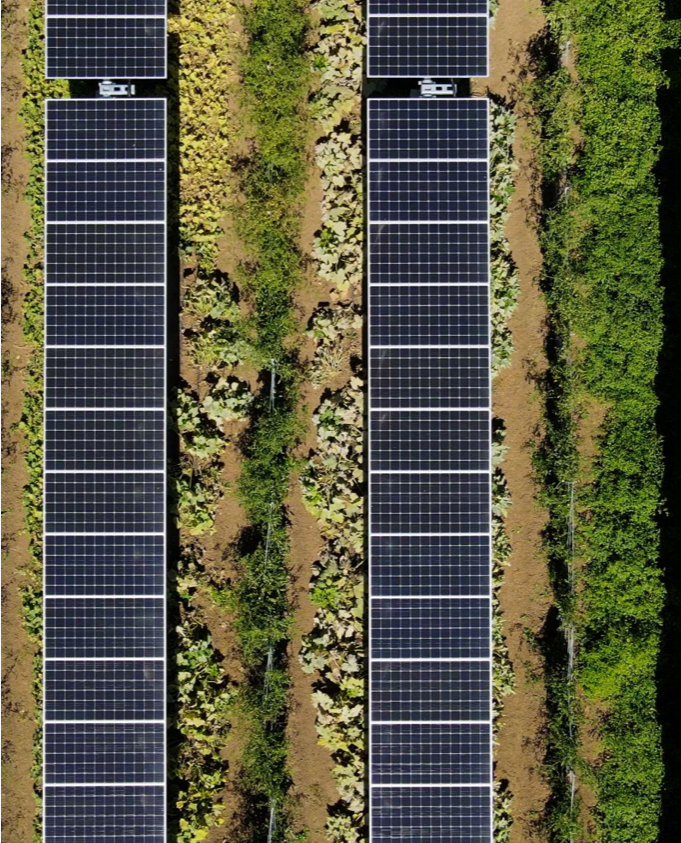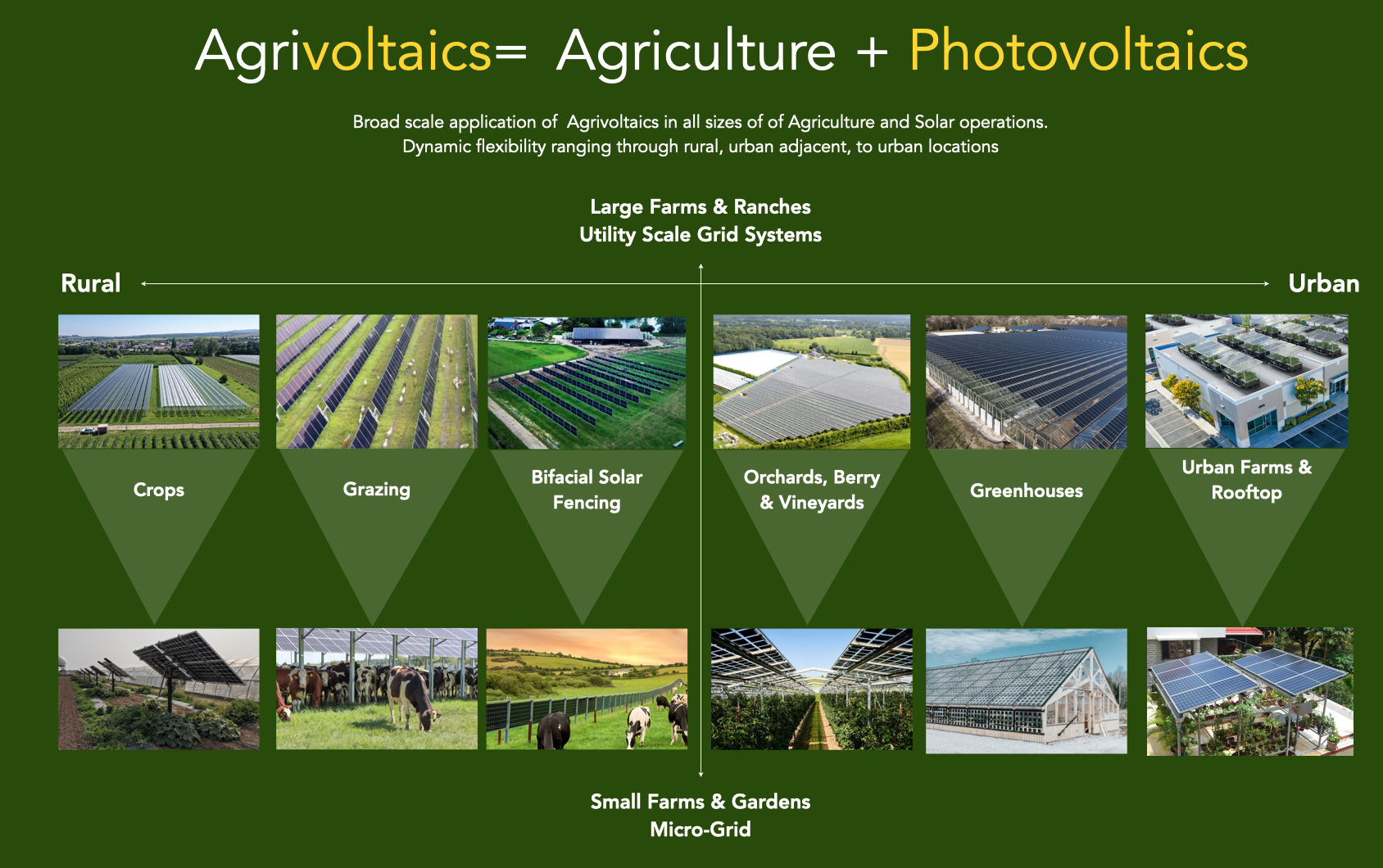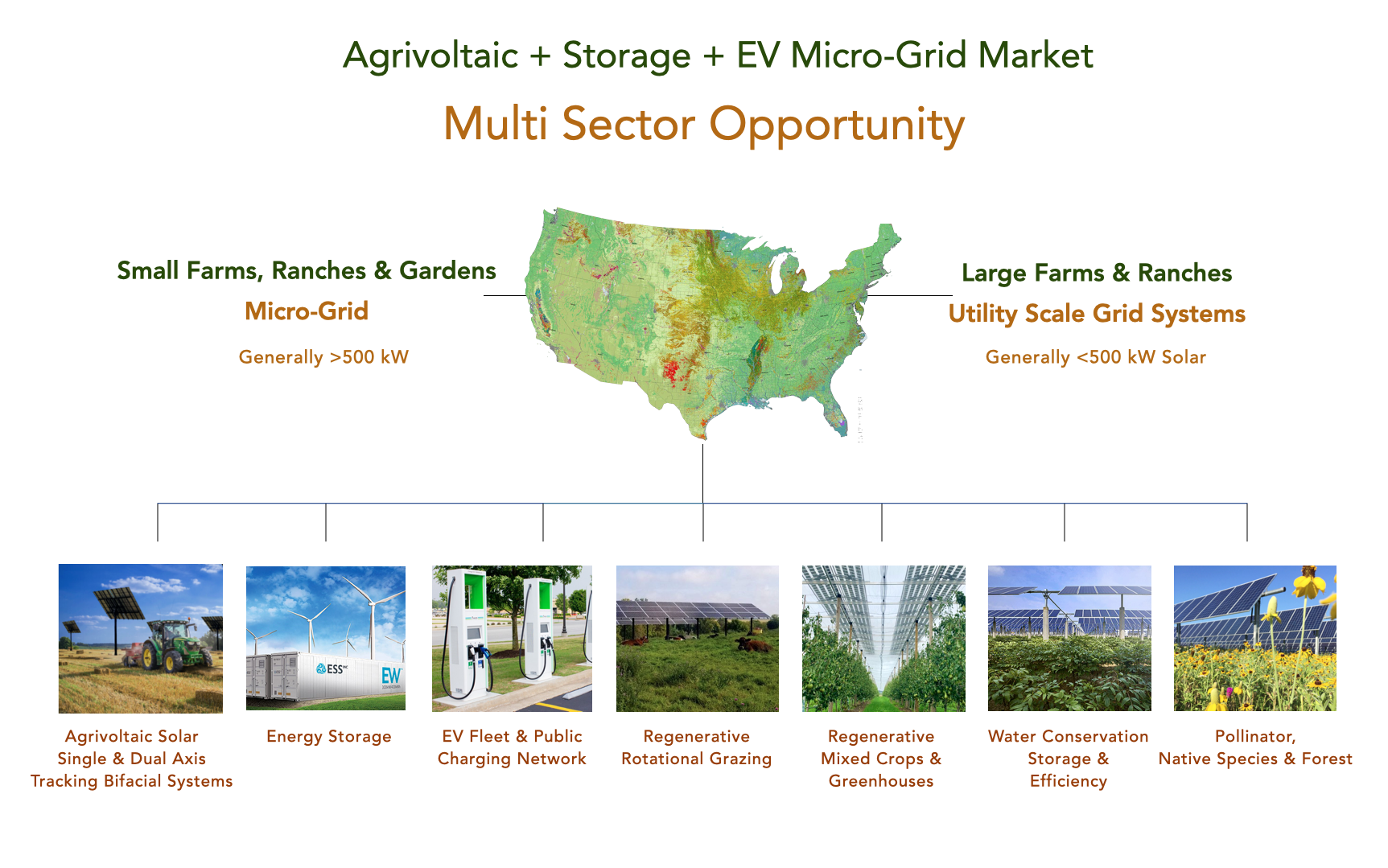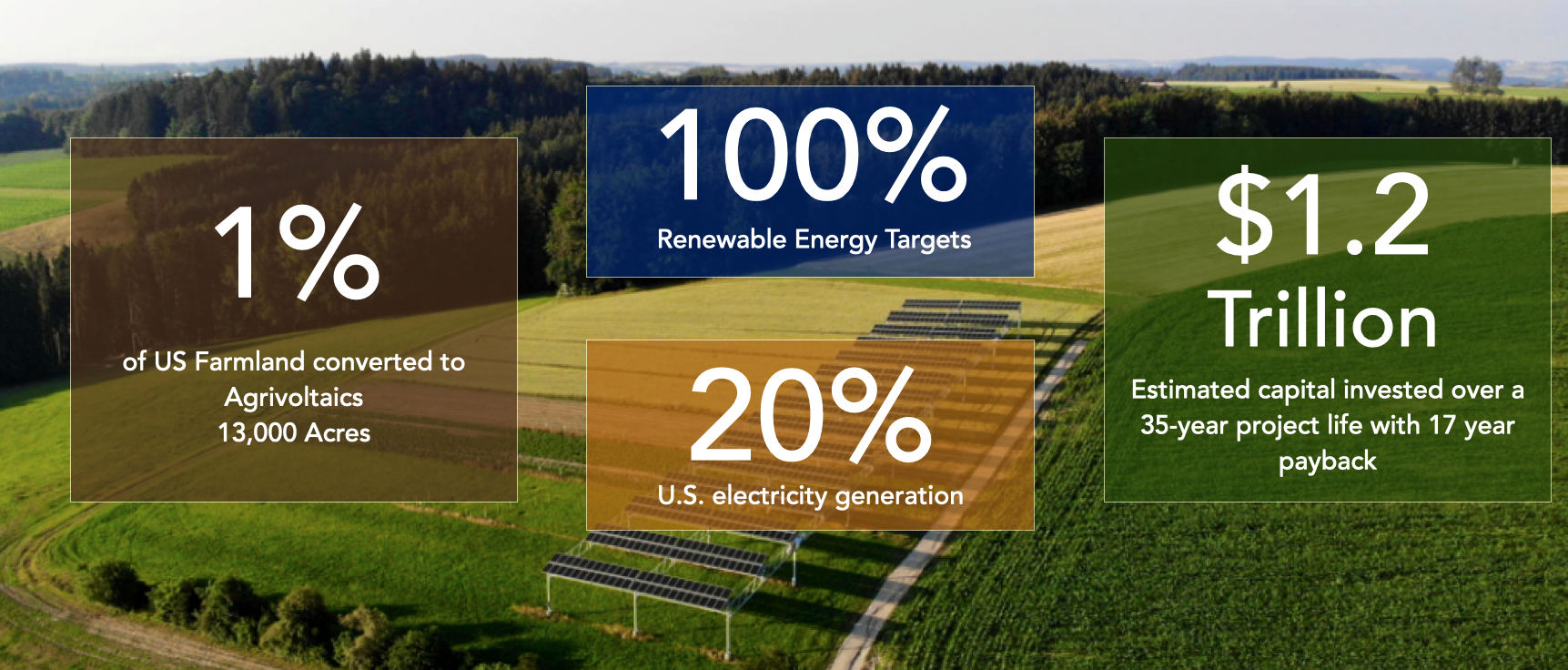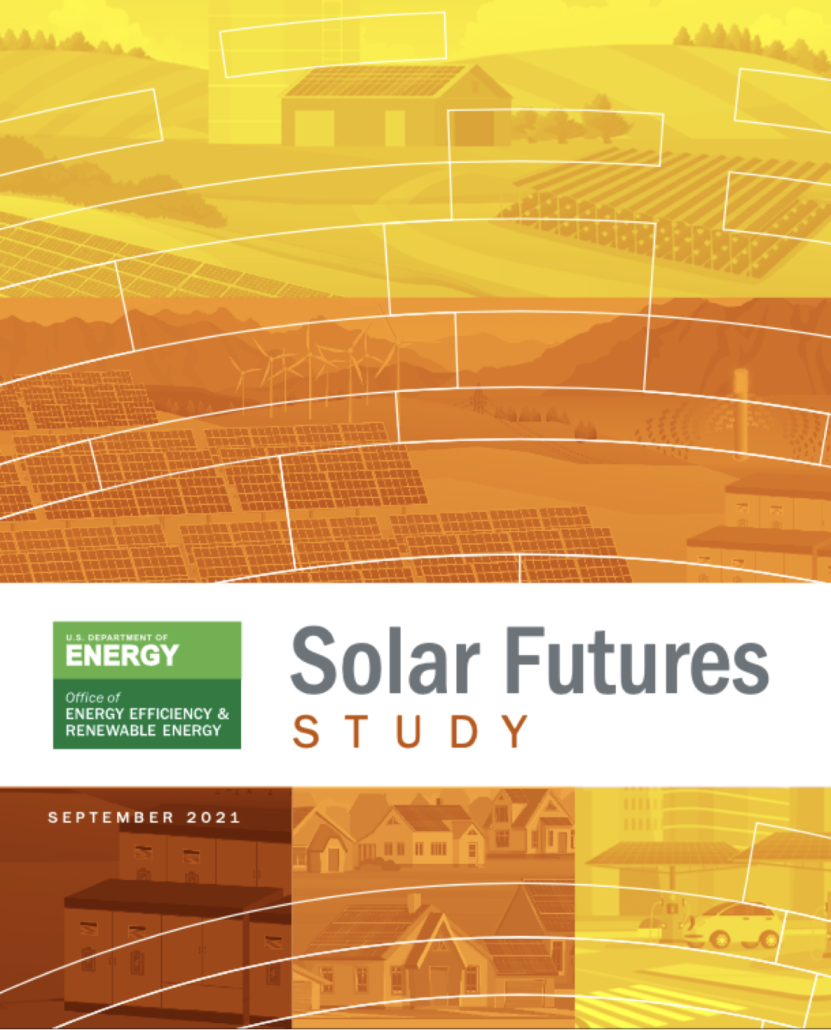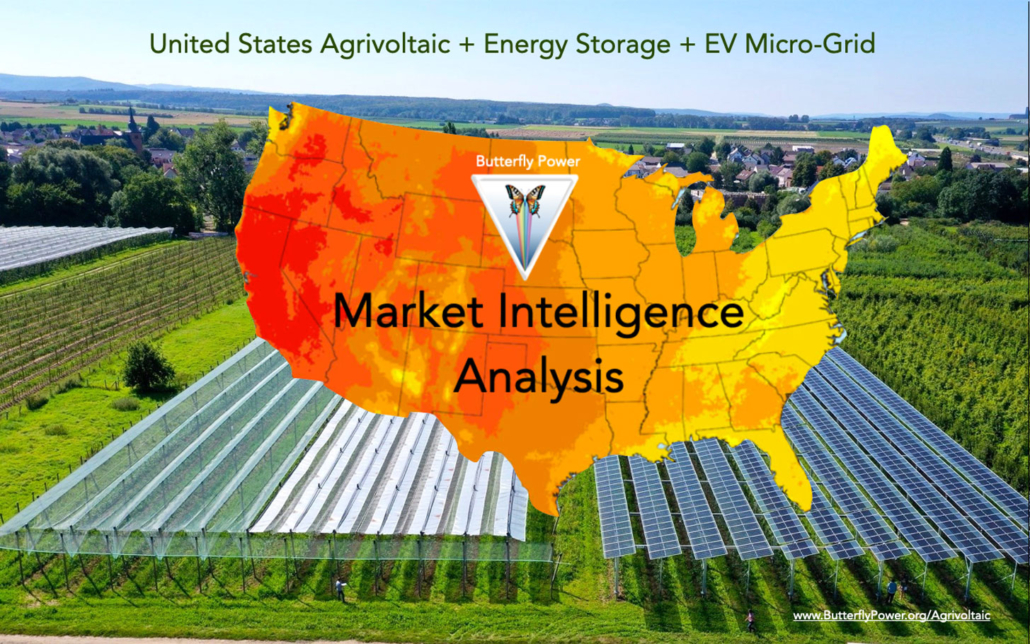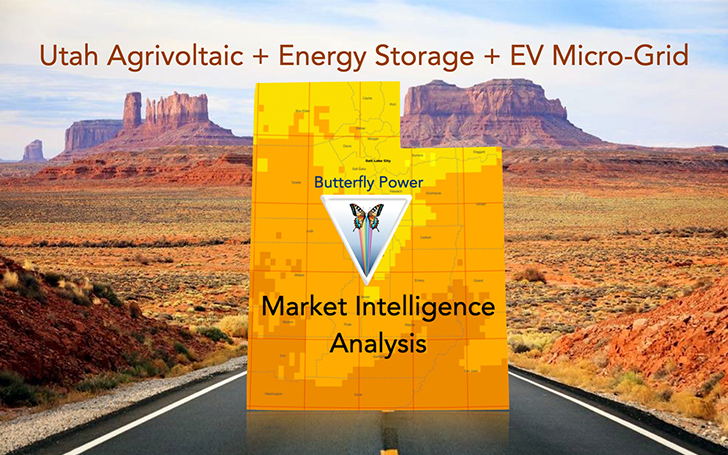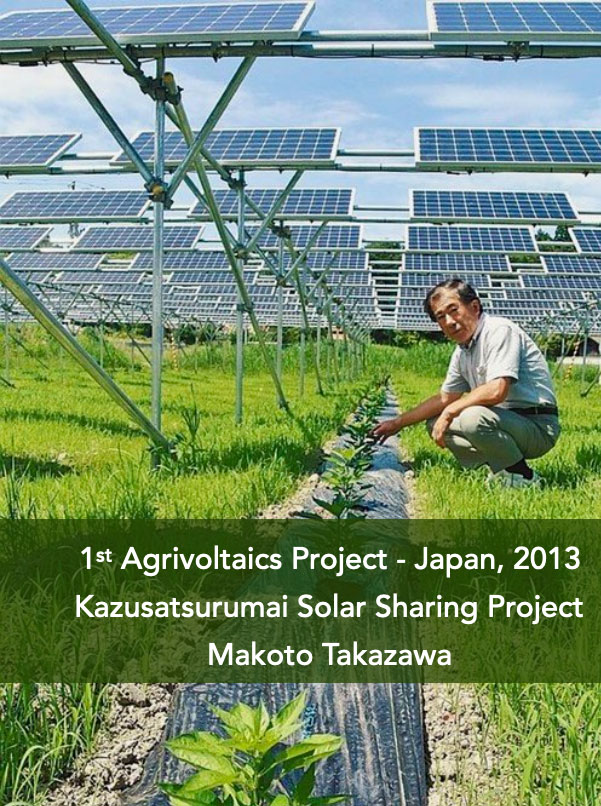Food-Energy-Water-Soil (FEWS) Nexus
Agrivoltaics creates synergies at the intersection of food, energy, water and soil, the the FEWS. These interdependent components that, together, are the core elements on Earth.
In these times that we collectively face a multi-crisis, in Energy crisis, widespread drought and structural challenges in the agricultural sector, Agrivoltaics is a multifunctional solution.
APV creates win-win outcomes across many sectors, increasing crop production, reducing water loss, improving soil health, better efficiency of solar arrays. Adopting such synergistic paths forward can help build resilient food-production, energy-generation systems and healthy ecosystems.
Agrivoltaics Benefits
Economic Opportunity
Revenues from land leases, solar and storage sales and electric vehicle charging strategies can help support farming families. Combined with a permanent Reduction of energy and fuel expenses which insulates from inflationary pressures.
Water Efficiency, Storage & Conservation
Less water is needed for some plants to produce the same yield or more. Native plantings improve water retention resulting in less water runoff.
Improved Soil Health
Plant biodiversity and native plants with deep roots stabilize soils and increase carbon sequestration.
Higher Crop Yields
Some plants produce a larger yields in arid regions when grown under panels.
Crop Protection
Crops are better protected from high winds and hail, reducing risk of crop destruction.
Increased Habitat
Planting native plants supports local ecosystems, encouraging insects, birds and wildlife to use the location.
Agrivoltaics Market Potential
According to the National Renewable Energy Laboratory (NREL), by 2050, solar could cover almost 10 million acres of land in the United States.
In the Sustainability paper, 13,000 square miles, or 1% of current U.S. farmland. agrivoltaics to meet 20% of U.S. electricity generation.
The cost of the agrivoltaic arrays would be $1.12 trillion over a 35-year project life. With projected 17 years to payback the $1.12 trillion.
https://www.climatehubs.usda.gov/hubs/northeast/topic/agrivoltaics-coming-soon-farm-near-you
United States & Utah Agrivoltaic Storage + EV Micro-Grid Market Intelligence Analysis
Agrivoltaics History
Agrivoltaics History
- 1982- One of the first concepts behind agrivoltaics was first conceived in 1982 by the then founder of the Fraunhofer Institute (Fraunhofer-Gesellschaft) Adolf Goetzberger together with Armin Zastrow.
- 2004 first agrivoltaics prototype was built in Japan by Akira Nagashima.
- 2013 Makoto Takazawa, owner of the 34.4 kW Kazusatsurumai Solar Sharing Project in Ichihara City, Chiba Prefecture, Japan. Takazawa installed 348 PV panels on a small 8,072 sq Ft or .18 acres (750 square meters) farm, mounted 3 meters above the ground.
Kazusatsurumai Solar Sharing Project: Under the solar panels, Takasawa has cultivated peanuts, yams, eggplants, cucumber, tomatoes and taros, and cabbages during the winter.
- PV system produces 35 000 kWh a year
- Cost about $126,000 (12.6 m yen) to install.
- FIT (feed-in-tariff) rate of 42 yen/kWh for 20 years
- Earning $16,000 (1.6 million yen) annually, while making only $1,000 (100,000 yen) from farming.
Farmers in Japan are suffering reduced farm revenues and lack of successors. Many small farmers are forced to take on a second job to make ends meet. Agrivoltaic projects can re-activate the declining farming sector.
“I hope this will attract young people to come back to the countryside” Takazawa said.



